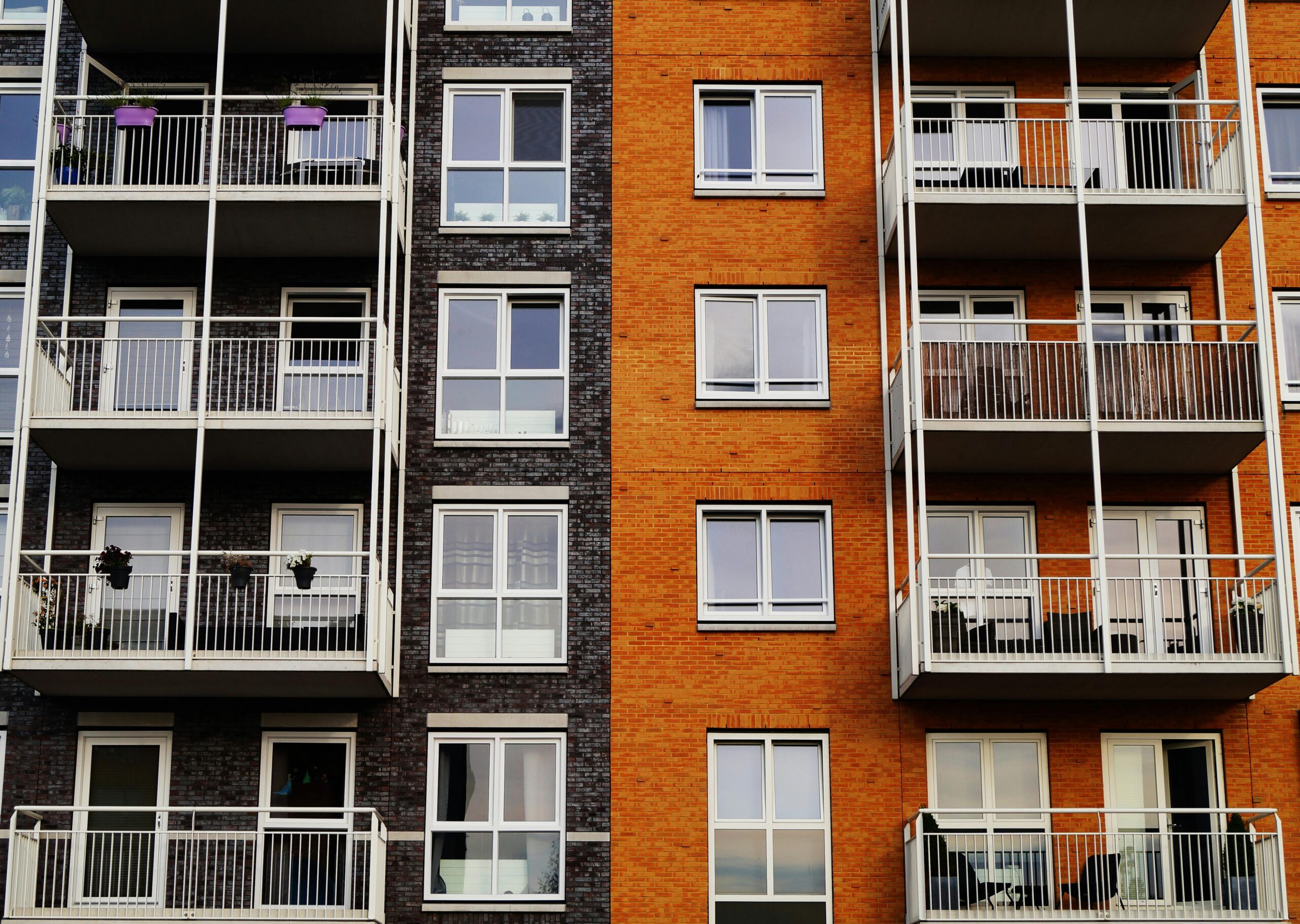Rents Up 0.6% as East Coast and Midwest Metros Post Increases

Home prices have continued to rise, albeit at a slower pace compared to previous years. This deceleration is attributed to a combination of factors including increased mortgage rates and economic uncertainties. Despite the slower growth, the demand for housing remains robust, driven by demographic shifts and a strong labor market.
Sales volume has experienced a decline year-over-year, reflecting the challenges buyers face in the current market environment. The article notes that higher borrowing costs have dampened purchasing power, leading to a decrease in the number of transactions. However, certain regions have bucked this trend, showing resilience due to local economic conditions and housing supply constraints.
Inventory levels have shown a slight increase, providing some relief to the tight market conditions that have characterized the past few years. This increase is partly due to new construction projects reaching completion and more homeowners deciding to list their properties. Nevertheless, the overall inventory remains below historical averages, maintaining a competitive market for buyers.
The article also discusses the impact of government policies and economic indicators on the real estate market. It highlights how changes in interest rates, inflation, and employment figures influence buyer and seller behavior. Additionally, it examines the role of technological advancements and remote work trends in shaping housing preferences and demand.
Looking ahead, the article suggests that the real estate market will continue to face challenges, but opportunities exist for both buyers and sellers. It emphasizes the importance of staying informed and adaptable to navigate the evolving landscape. The article concludes with expert predictions on future market conditions, suggesting a cautious but optimistic outlook for the coming year.





Start the discussion
Become a member of Crib Metrics - Fresh Housing Market Insights and Analysis to start chatting with our AI Real Estate Market Analyst about the article Rents Up 0.6% as East Coast and Midwest Metros Post Increases
Already a member?